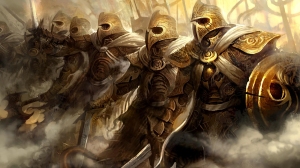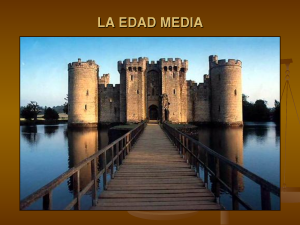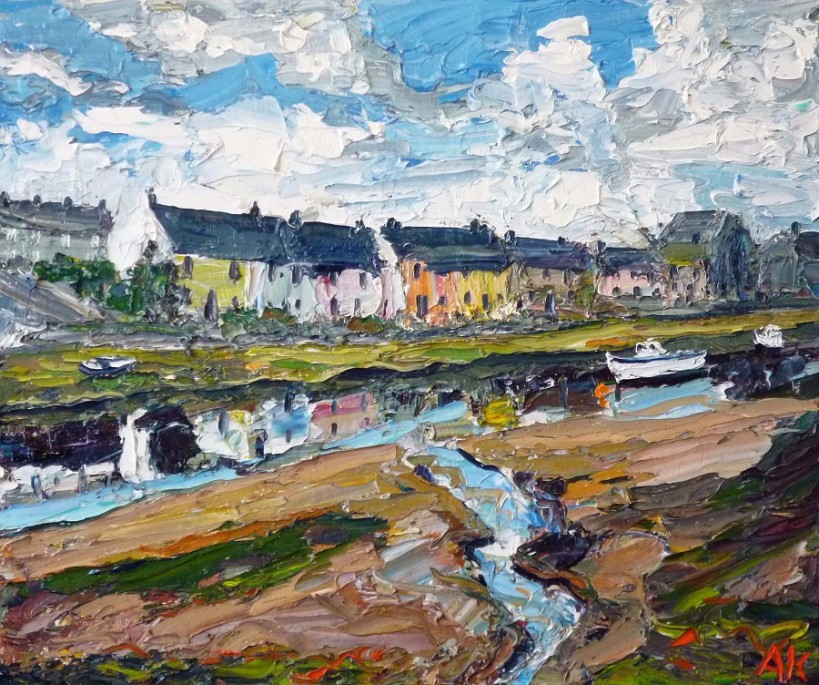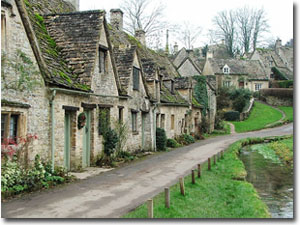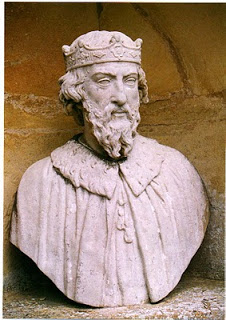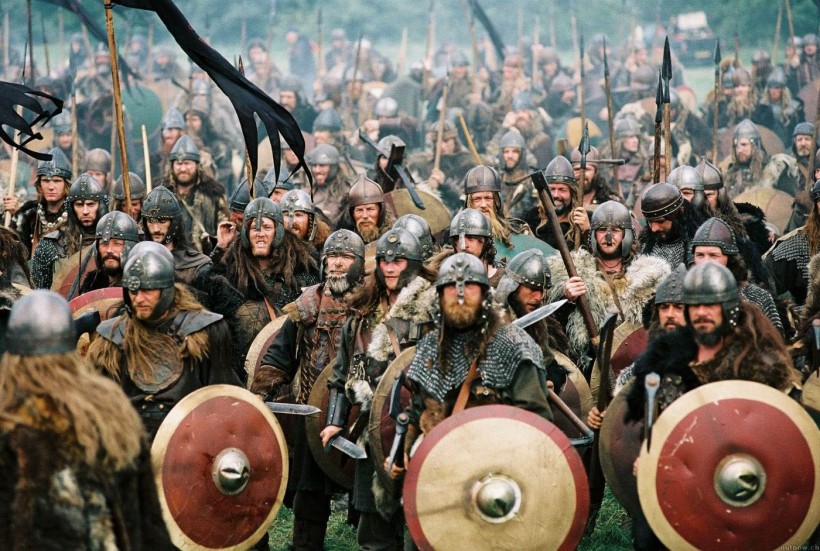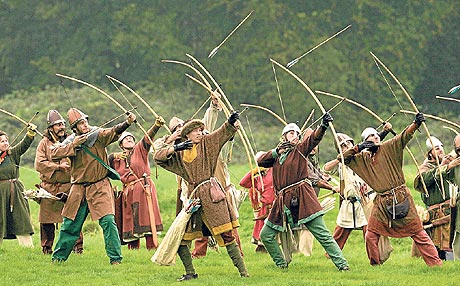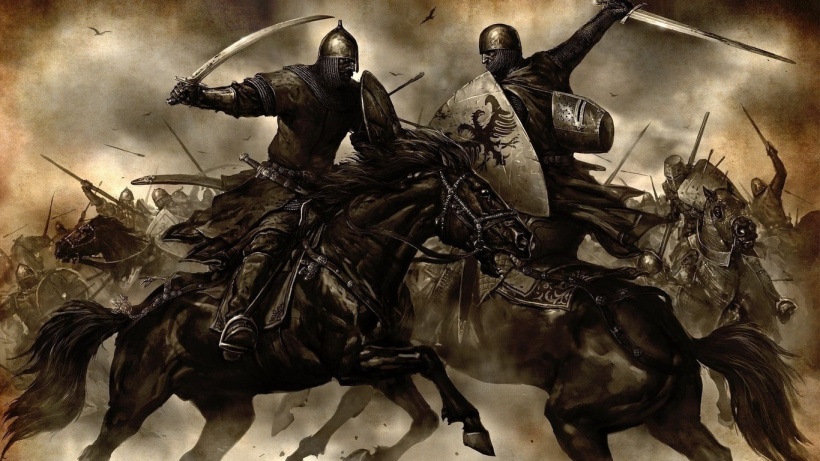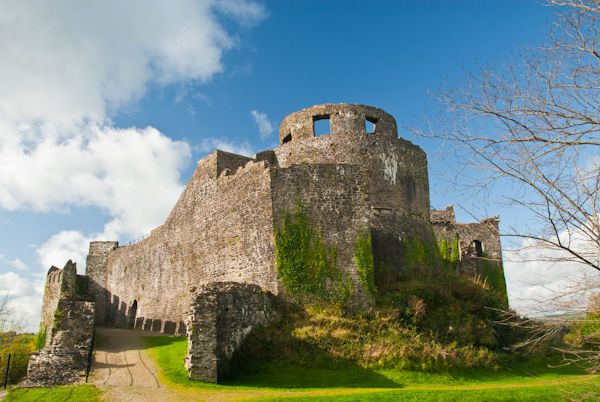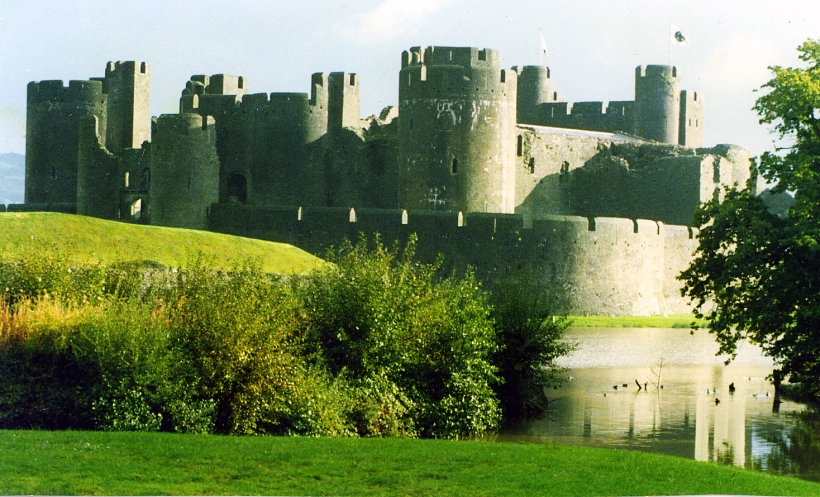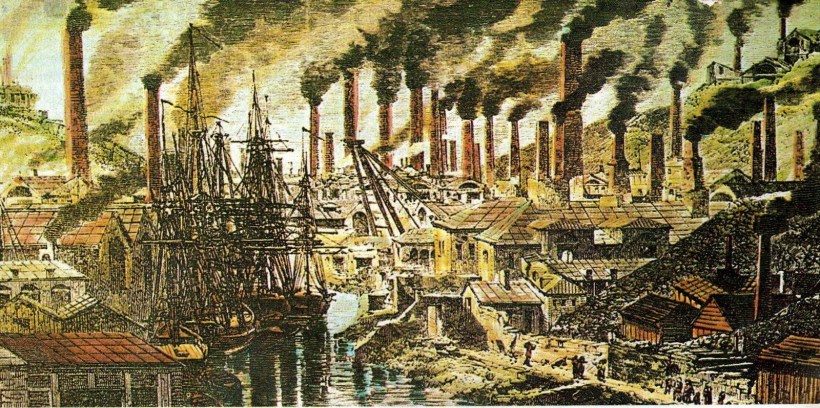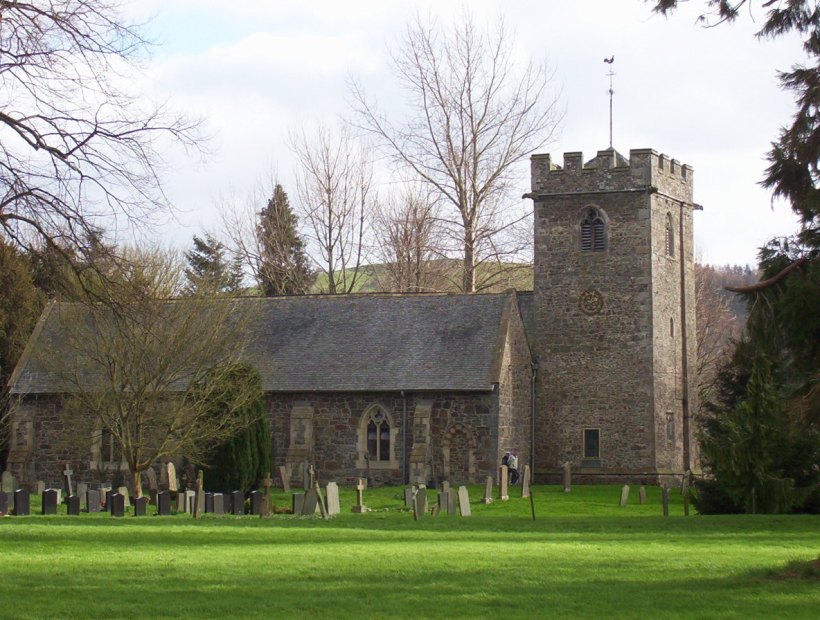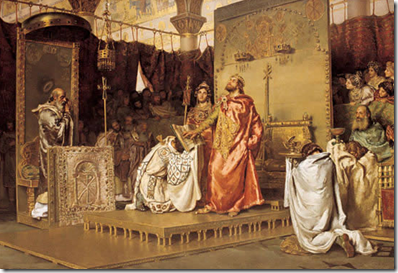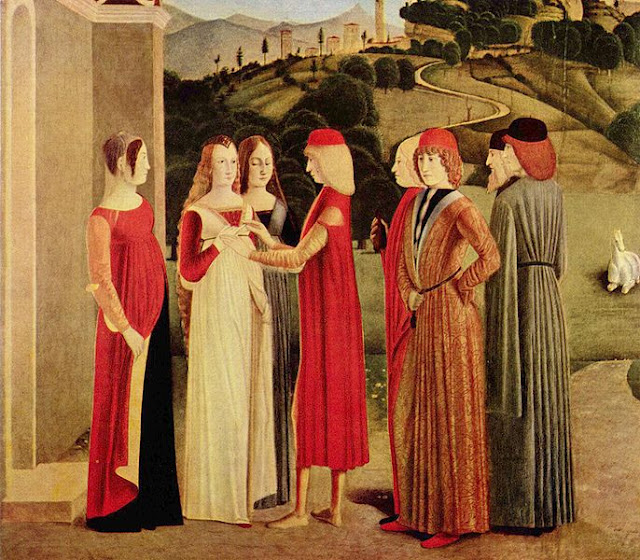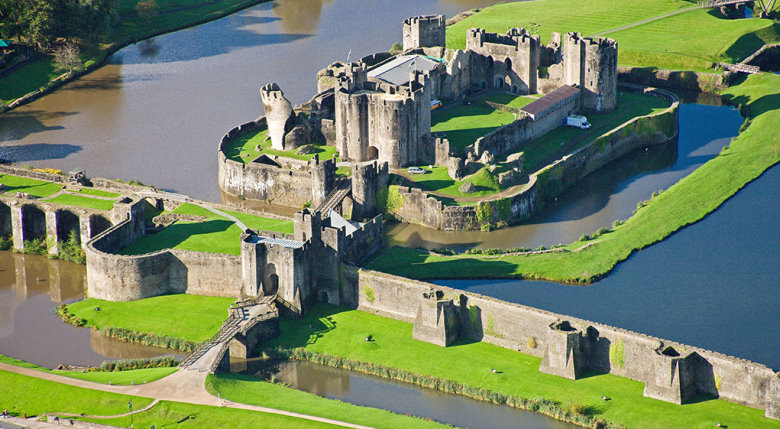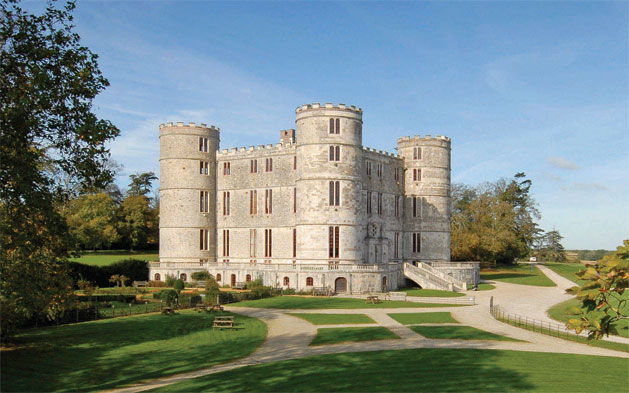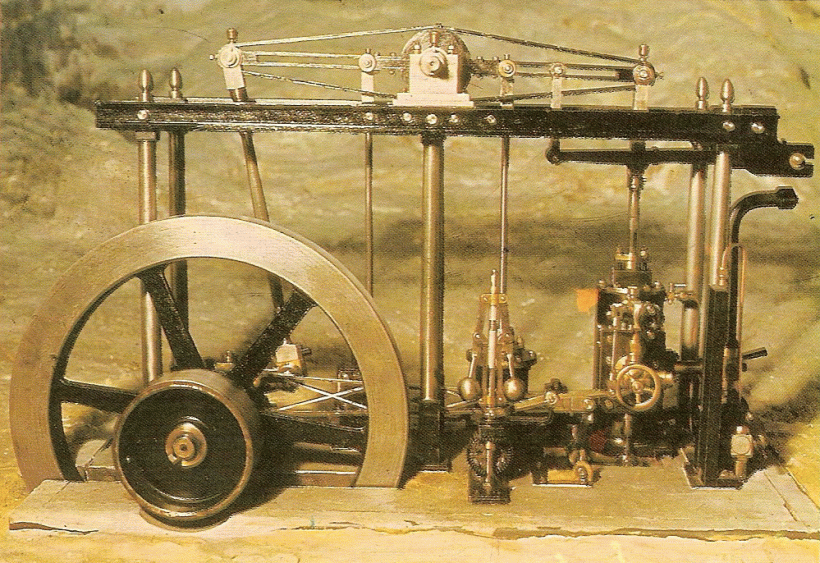ESPAÑOL INGLÉS
PALABRA Y FRASE Nº72
‘PAN’ nombre
1 (en general) ‘bread’: una rebanada de pan, a slice of bread.
2 (hogaza) round loaf [pl. loaves ]
3 (barra) French stick.
* Ser pan comido, to be a piece of cake
*Pan de molde, Sliced bread.
*Pan rallado, breadcrumbs.
Edad Media
Las tierras meridionales y occidentales que pasaron a manos de los ingleses comenzaron a ser llamadas en galés Lloegyr (en la actualidad Lloegr), que en un principio sólo contemplaban Mercia y más tarde toda Inglaterra.13 Las tribus germánicas que dominaron esa región fueron llamadas Saeson, es decir “Sajones“.
Los anglosajones llamaron ‘walha‘ a los romano-británicos, es decir ‘extranjero romanizado’. Los galeses siguieron llamándose brythoniaid (brythons o Britons) incluso en buena parte de la Edad Media, aunque la primera vez que se empleó Cymru e y Cymry fue en 633 en el poema Y Gododdin, de Aneirin. En Armes Prydain, de 930, las palabras Cymry y Cymro son empleadas quince veces. Sólo hasta el siglo XII Cymry fue más frecuente que Brythoniaid en la literatura galesa.
Desde 800 una serie de matrimonios dinásticos llevaron a Rhodri el Grande, cuyo reinado se extendió de 844 a 878, a heredar Gwynedd y Powys. Por el contrario, sus hijos fundaron tres dinastías (Aberffraw para Gwynedd, Dinefwr para Deheubarth, y Mathrafal para Powys), que se opusieron entre sí. El abuelo de Rhodri, Hywel el Bueno, fundó Deheubarth, expulsó a la dinastía aberffraw de Gwynedd y Powys. Maredudd ab Owain de Deheubarth (el nieto de Hywel) lograría expulsarlos de nuevo, aunque de manera temporal.
El nieto de Maredudd, Gruffydd ap Llywelyn, conquistaría los territorios de sus primos y extendería su reino incluso hasta tierras inglesas. Su importancia histórica se debe a que fue el primer y único monarca galés que reinó sobre todo el País desde 1057 hasta 1063.14 Owain Gwynedd, de los aberffraw, fue por su parte el primer monarca galés con el título de princeps Wallensium (príncipe de Gales). De este período cabe asimismo resaltar las invasiones normandas, cuya vanguardia llegó a las fronteras galesas en 1067.
La dinastía Aberffraw cobraría protagonismo con el nieto de Owain Gwynedd, Llywelyn el Grande, quien realizó negociaciones favorables en la Magna Carta en 1215 y recibió el juramento de fidelidad de los otros señores galeses en 1216 en Aberdyfi, convirtiéndose en el primer Príncipe de Gales. Su nieto Llywelyn II también fue reconocido como tal por Enrique III en el Tratado de Montgomery en 1267 aunque tras una serie de disputas que incluyeron el encarcelamiento de su esposa Eleanor, terminaron con la primera invasión de Eduardo I. Tras la derrota militar el Tratado de Aberconwy estableció la subordinación de Llywelyn a Inglaterra en 1277. En 1282 se libró la última batalla, que acabó con toda soberanía de los príncipes galeses. Con la muerte de Llywelyn y la neutralización de todos sus herederos potenciales, los señores galeses restantes ofrecieron su tierras al rey inglés.15
Para consolidar sus conquistas, Eduardo construyó una serie de castillos, entre los que destacan los de Beaumaris, Caernarfon, y Conwy. Su construcción provocó una disputa con Llywelyn y la corona inglesa, uno de los motivos del fin de la independencia de Gales.
Tras una revuelta fallida en 1294 comandada por Madog ap Llywelyn, no se registran mayores levantamientos hasta el de Owain Glyndwr, un siglo más tarde, contra Enrique IV. En 1404 fue coronado Príncipe de Gales ante representantes de Francia, España y Escocia, tras lo cual celebró varias asambleas parlamentarias en varias localidades galesas. La rebelión fue sin embargo, reprimida y Owain tuvo que esconderse en 1412, normalizándose la situación a favor de los ingleses hacia 1415.
Aunque el Estatuto de Rhuddlan definió la unión anglo-galesa, ésta sólo se oficializó en 1536, cuando la ley local fue remplazada por la inglesa mediante el Acta de Unión.
Desde el siglo XVI hasta el siglo XX
Durante el siglo XVI la legislación galesa fue progresivamente modificada para incorporar las estructuras ejecutivas a Inglaterra. Sin embargo, a pesar de la asimilación inglesa, los galeses mantuvieron su lenguaje y cultura.
Durante el XVIII Gales fue afectado por dos importantes reformas, la Revolución industrial y el Renacimiento Metodista.
Durante el XIX, el sudeste experimentó una rápida industrialización y una explosión demográfica. Estas zonas fueron anglificadas debido a la llegada de inmigrantes, destacando con los territorios rurales, donde se conservó con más fuerza la cultura tradicional galesa. Asimismo, la zona experimentó la influencia del cristianismo metodista.
Tras la Segunda Guerra Mundial Gales experimentó un progresivo declive debido a la crisis de la industria del carbón y del hierro. En el ámbito político la crisis provocó que el Partido Liberal fuera desplazado del poder por el Partido Laborista.
*************************************************
Middle Ages
The southern and western lands were taken over by the English began to be called Welsh Lloegyr (currently Lloegr), which initially only covered Mercia and later England. The Germanic tribes that dominated the region were Saeson calls, ie ” Saxons “.
The Anglo-Saxons called ‘ walha ‘to Romano-British , ie ‘Romanised foreigner’. The Welsh continued to call brythoniaid (Brythons or Britons) even in much of the Middle Ages , though the first time was used Cymru and y Cymry was 633 in the poem Y Gododdin of Aneirin . In Armes Prydain, of 930 , the words Cymry and Cymro are used fifteen times. Only until the twelfth century Cymry was more frequent than Brythoniaid in Welsh literature .
From 800 a series of dynastic marriages led to Rhodri the Great , whose reign lasted from 844 to 878 , to inherit Gwynedd and Powys . On the contrary, his sons founded three dynasties ( Aberffraw for Gwynedd, Dinefwr for Deheubarth , and Mathrafal for Powys), who opposed each other. Rhodri’s grandfather, Hywel the Good , founded Deheubarth, expelled the dynasty Aberffraw for Gwynedd and Powys. Maredudd ab Owain of Deheubarth (Hywel’s grandson) would achieve expel again, albeit temporarily.
Maredudd’s grandson, Llywelyn ap Gruffydd , conquer the territories of his cousins and extended his kingdom even to English soil. Its historical importance is that was the first and only Welsh monarch who reigned over the whole country from 1057 until 1063 . Owain Gwynedd , of Aberffraw, meanwhile was the first Welsh monarch with the title of princeps Wallensium ( Prince of Wales). This period also worth noting invasions Norman , whose vanguard reached the Welsh borders in 1067 .
The Aberffraw dynasty charge limelight with the grandson of Owain Gwynedd, Llywelyn the Great , who made favorable negotiations in the Magna Carta in 1215 and received the allegiance of other Welsh lords in 1216 at Aberdyfi , became the first Prince of Wales . His grandson Llywelyn II also was recognized as such by Henry III in the Treaty of Montgomery in 1267 but after a series of disputes involving the imprisonment of his wife Eleanor, ended the first invasion of Edward I . Following the military defeat of the Treaty of Aberconwy Llywelyn established subordination to England in 1277 . In 1282 the last battle, which ended all sovereignty of the Welsh princes fought. With Llywelyn’s death and neutralizing all potential heirs, the remaining Welsh lords offered their lands to the English king.
To consolidate his conquests, Edward constructed a series of castles , among which are those of Beaumaris , Caernarfon and Conwy . Its construction caused a dispute with Llywelyn and the English crown, one of the reasons for the end of independence for Wales.
After a failed revolt in 1294 led by Madog ap Llywelyn , older surveys are not recorded until the Owain Glyndwr , a century later, against Henry IV . In 1404 he was crowned Prince of Wales to representatives of France , Spain and Scotland , after which held several parliamentary assemblies at several Welsh towns. The rebellion was, however, suppressed and Owain went into hiding in 1412 , normalization of the situation in favor of the English to 1415 .
Although the Statute of Rhuddlan defined Anglo-Welsh union, it only became official in 1536 , when the local law was replaced by the English through the Act of Union .
From the sixteenth to the twentieth century
During the XVI century the Welsh legislation was progressively modified to incorporate the executive to England structures. However, despite the English assimilation, the Welsh retained their language and culture.
During the eighteenth Wales was affected by two major reforms, the Industrial Revolution and the Methodist Revival.
During the nineteenth , Southeast experienced rapid industrialization and population explosion. These zones were anglicized due to the arrival of immigrants, highlighting the rural areas, where more strongly retained traditional Welsh culture. Also, the area experienced the influence of Christianity Methodist .
After WWII Wales experienced a gradual decline due to the crisis in the industry of coal and iron . On the political crisis caused the Liberal Party was removed from power by the Labour Party .

![3[WALES]A](https://oxfordenglishblog.files.wordpress.com/2014/04/3walesa.jpg?w=820&h=521)
